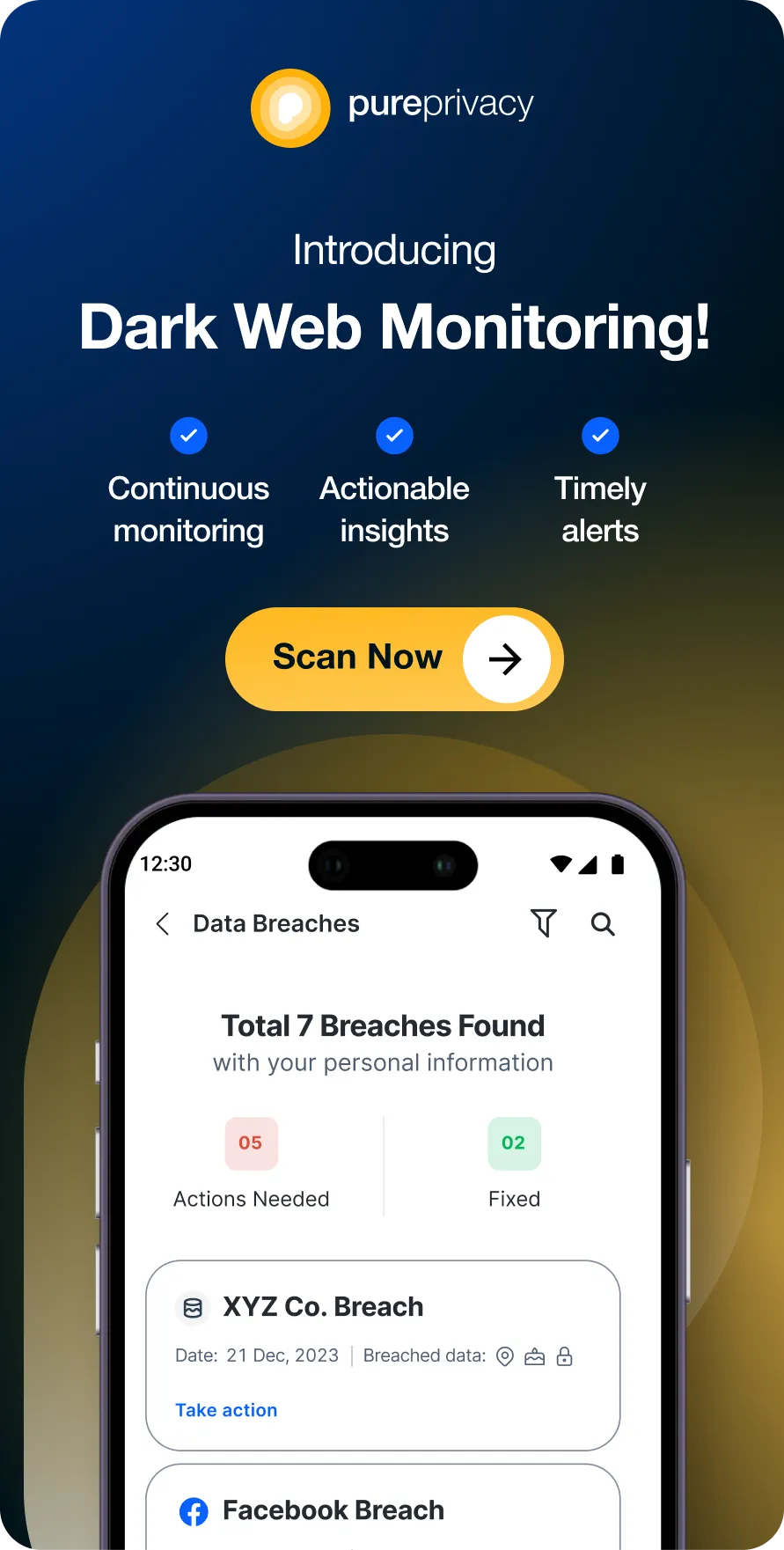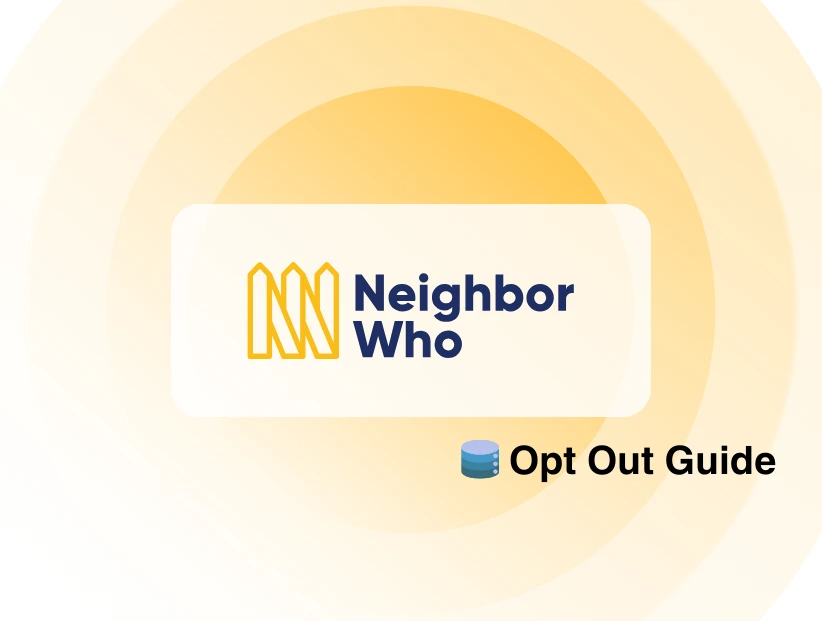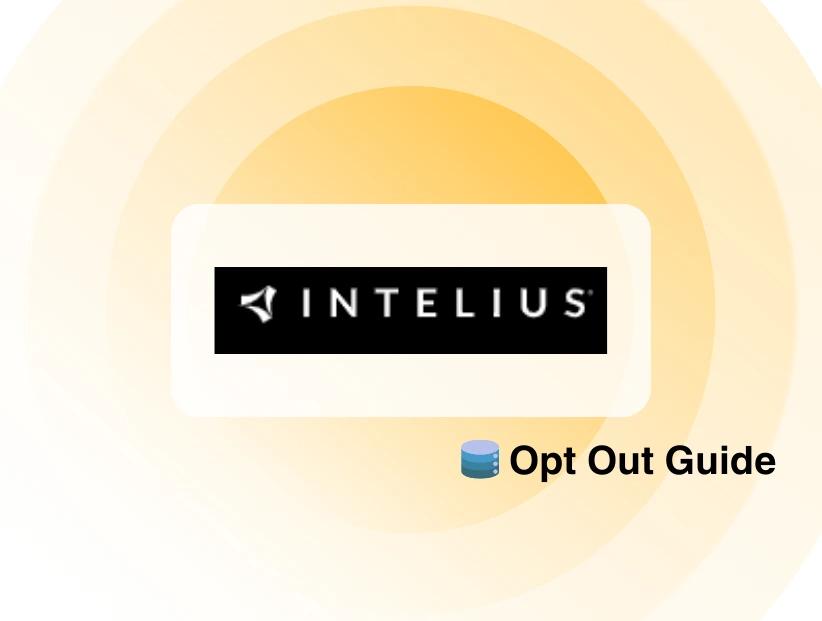When ISPs face a shortage of IP addresses, they perform CGNAT, a networking technique that allows multiple consumers to share a single IP address, sometimes affecting speed and functionalities.
Gamers, remote workers, website hosts, and many other high-paced internet users have been affected by CGNAT. We will discuss in detail what CGNAT is, how would you know you are behind it and what are ways to bypass it.
What is CGNAT?
CGNAT (Carrier-Grade Network Address Translation) allows multiple devices to share a single public IP address. It is useful when there's a shortage of public IPV4 addresses, as it helps internet service providers (ISPs) conserve their limited pool of addresses, and everyone gets some share in internet usage.
What is IPv4 Address vs IPv6 Address?
IPv4 and IPv6 are two different types of network addresses. IPv4 addresses are running out of available addresses due to its 32-bit structure. Whereas, IPv6 addresses offer a 128-bit structure and a significantly larger pool of addresses, ensuring long-term sustainability for the internet.
What are the Drawbacks of Performing CGNAT for Consumers?
CGNAT, helps ISPs to allocate limited IPv4 addresses to many users, but it restricts various activities for the ones who are under it. For example, if your whole building is using the same IP address, you might:
- Experience Limited Network Functions
Many P2P (peer-to-peer) applications may experience performance degradation. Online games that rely on direct IP connections or other network configurations may encounter lag, disconnections, or inability to connect to servers. Remote access to home networks may require additional setup and configuration.
- Security Concerns
When multiple users share the same public IP address, identifying the source of malicious activity becomes more challenging. This may expose users to risks if another user in the same pool engages in suspicious activity.
- Performance Issues
CGNAT can lead to increased latency and slower response times for certain applications. During peak usage periods, CGNAT devices may become overloaded, further impacting network performance.
- Troubleshooting Challenges
CGNAT makes your network setup more complicated, which can make it harder to fix problems. Because multiple people share the same IP address, it's difficult to pinpoint the exact cause of internet problems.
What are the Pros of Performing CGNAT for ISPs?
Carrier-Grade Network Address Translation (CGNAT) offers several advantages for Internet Service Providers (ISPs).
- Allows ISPs to save scarce IP addresses by sharing a limited pool of IP addresses among multiple customers.
- Reduce expenses by not acquiring more IP addresses.
- Get a larger number of customers for business growth.
- Simplify operational complexity.
How Do I Know If My Connection Is Affected by CGNAT?
One easy way to determine if you're behind CGNAT is to compare your public IP address with your WAN IP address. Check your IP address online to see your existing public IP address.
- Log into your router's settings (usually by entering 192.168.0.1 or 192.168.1.1 in your browser's address bar).
- Find the WAN IP address (it might be under "Status" or "Internet").
- If the two IP addresses are the same, you likely don't have CGNAT.
- If they're different, it's a strong indication that you're behind CGNAT.
Are CGNAT and NAT the Same?
No, CGNAT and NAT are not the same. They are related but have some key differences. NAT is used in home and small business networks to allow multiple devices to share a single public IP address. CGNAT is a larger-scale version of NAT used by internet service providers (ISPs) to allow many customers to share a single public IP address.
Do all ISPS Perform CGNAT?
While some ISPs perform CGNAT on routers and modems, it's not a universal practice. ISPs with limited IP address space may opt for CGNAT to maximize their utilization. If many customers require dedicated public IP addresses, the ISP might be less likely to impose CGNAT.
Can I Bypass CGNAT?
Contact your ISP to request a static IP address, which is usually not subject to CGNAT. But this may involve additional costs. On the other hand, you can also use a VPN to change your IP address coupled with a dedicated IP and port forwarding to bypass CGNAT.
How Can I Bypass CGNAT?
Here’s how:
- Get a PureVPN subscription with dedicated IP and port forwarding add-on.
- Login to the PureVPN member area.
- Click the subscription tab.
- Click Configure.
- Apply your desired port settings.
- Click Apply settings.
Frequently Asked Questions (FAQs)
-
Is CGNAT less secure?

Yes. If someone on the same CGNAT pool engages in malicious activity, it could impact all users relying on the same network, leading to issues like blacklisting that happens due to shared IP addresses.
-
Can you disable CGNAT?

You cannot disable CGNAT all by yourself. It's a network-level decision made by your Internet Service Provider (ISP). You can switch to a different ISP that doesn't use CGNAT or upgrade your plan to one that offers a dedicated public IP address.
-
Is CGNAT bad for gaming?

CGNAT can negatively impact online gaming, especially games that rely on peer-to-peer connections or require port forwarding. This is because CGNAT can interfere with these connections and prevent your device from being directly accessible from the internet.
-
Does CGNAT prevent port forwarding?

Yes, CGNAT generally prevents traditional port forwarding. Since multiple devices share a single public IP address, it's not possible to directly forward ports to specific devices on your network.
-
Does VPN work with NAT?

Yes, a VPN can work with NAT, including CGNAT. A VPN establishes a secure, encrypted connection between your device and a VPN server which bypasses NAT and allows your device to have a direct IP address on the internet.
Wrapping Up
CGNAT, while a necessary solution for ISPs to manage limited IP addresses, can impact user experience, especially for those with demanding internet needs like gamers, remote workers, and website hosts. Port forwarding and a dedicated IP VPN can help you enjoy seamless internet speed and better security.





